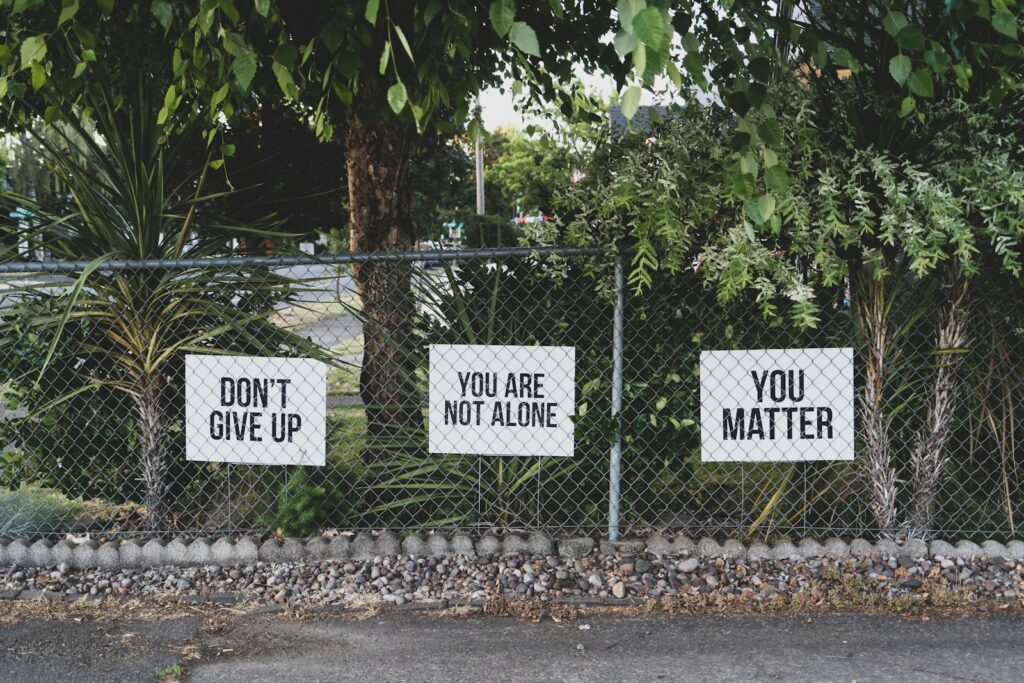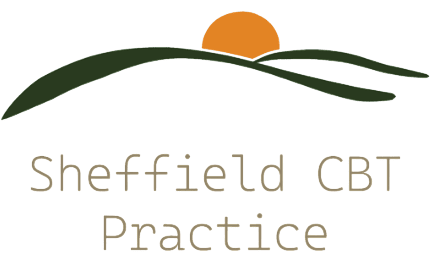CBT for Panic Disorder and Panic Attacks
What Are Panic Attacks and Panic Disorder?
Panic attacks are sudden and intense surges of anxiety and fear that can feel overwhelming. Symptoms can include a racing heart, shortness of breath, dizziness, and a fear of losing control or dying. They often peak within 10 minutes and resolve within 20 to 30 minutes.
While some people experience isolated panic attacks, others develop panic disorder, characterized by repeated attacks and ongoing fear of future episodes. Panic disorder may also lead to significant behavioural changes, including avoidance of situations where attacks have occurred.
For some, this can escalate into agoraphobia—a fear of being in situations where escape may be difficult or help unavailable during an attack, which can severely restrict daily life.

Symptoms of Panic Attacks and Panic Disorder
Symptoms of a panic attack can include:
- Shortness of breath or hyperventilation
- Racing heart or palpitations
- Chest pain or discomfort
- Trembling or shaking
- Sweating or chills
- Nausea or dizziness
- A choking sensation or feeling detached from surroundings
- Fear of dying, losing control, or “going crazy”
Panic disorder may involve additional symptoms, such as:
- Anticipatory anxiety: Persistent worry about future attacks.
- Phobic avoidance: Avoiding certain places or situations that may trigger panic.
If panic disorder includes agoraphobia, the avoidance can extend to public places, travel, or crowded areas, often leaving individuals housebound.
If you’d like to discuss your concerns or book an appointment, call us on 0114 383 0004.
How Can Therapy Help?
Cognitive Behavioural Therapy (CBT) is a proven treatment for panic attacks, panic disorder, and agoraphobia. It works by:
- Identifying and challenging unhelpful thoughts that trigger panic, helping you view situations in a more realistic light.
- Gradually exposing you to feared situations in a safe and controlled way, reducing the intensity of your fear over time.
- Building practical strategies to manage physical symptoms and regain a sense of control.
For example, if a panic attack occurs while driving, therapy can help you understand that the worst outcome is unlikely and learn to manage your anxiety calmly.
How Many Sessions Will I Need?
Treatment for panic disorder and agoraphobia usually requires between 6 to 12 sessions of CBT, as recommended by the Department of Health.
For more information, visit NICE guidelines on panic disorder.

If you’d like to discuss your concerns or book an appointment, call us on 0114 383 0004.
Further information regarding Panic Attacks can be found at www.nice.org.uk
